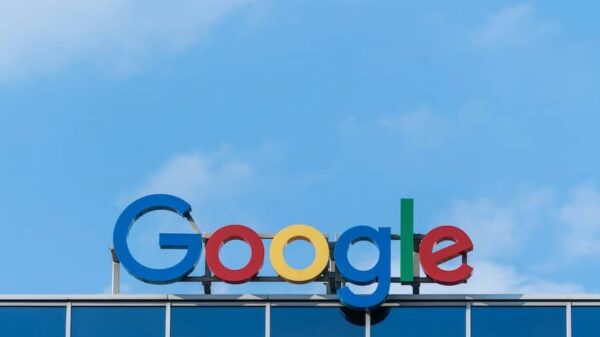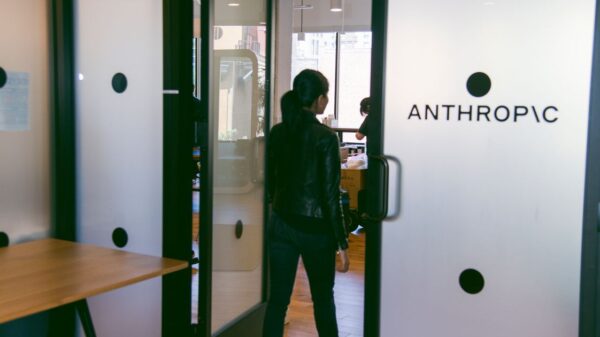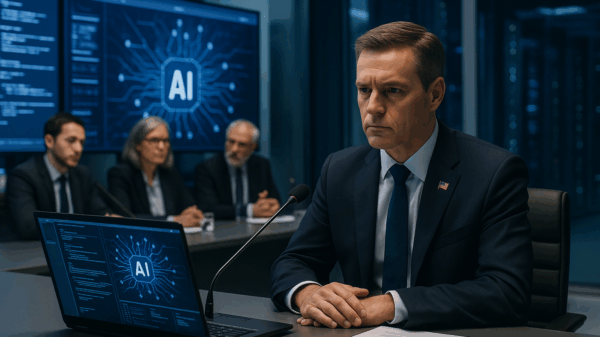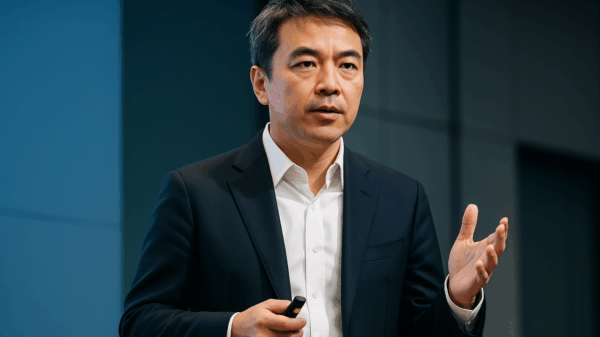The recent judgment by the English High Court in the case of Getty Images v. Stability AI has significant implications for the intersection of intellectual property (IP) law and generative AI. This case scrutinized the alleged infringement of IP rights concerning photographs owned by Getty Images, Inc. by Stability AI in the training of its generative AI model, Stable Diffusion. The ruling is notable not only for the legal stakes involved but also for its anticipated guidance on how UK IP law applies to the rapidly evolving landscape of generative AI.
Judgment Overview
In a mixed verdict, Getty succeeded in part on its trademark claims, but its secondary copyright infringement claims were dismissed. The court found that Stability AI had committed trademark infringement in limited instances where AI-generated outputs included watermarks from Getty’s iStock and Getty Images. However, the court clarified that these instances were few and could not represent a widespread issue.
On the copyright front, Getty’s claim that Stability AI’s model weights constituted an “infringing copy” was rejected. The court ruled that the Model did not retain actual copies of Getty’s images, determining that it generated outputs based on learned patterns rather than direct reproductions of the original content.
Key Findings and Legal Insights
The court’s ruling focused on two primary areas: trademark infringement and copyright claims.
See also IonQ Outperforms D-Wave in AI Potential with $39.9M Q3 Revenue vs. $3.7M
IonQ Outperforms D-Wave in AI Potential with $39.9M Q3 Revenue vs. $3.7M1. Trademark Infringement
Getty alleged that outputs from Stability AI’s model contained its registered trademarks, which constituted unauthorized use in commerce. The court found that while there were instances of such use, they were limited. Specifically, the court noted that it could not ascertain the full scale of usage from the model’s outputs. It emphasized that Stability’s usage of these signs was deemed commercial as it facilitated the generation of synthetic images with Getty’s trademarks, thereby influencing consumer perception.
2. Secondary Copyright Infringement
In its copyright claims, Getty argued that the model weights, imported to the UK, constituted an infringing copy. The court acknowledged that while the weights could be classified as an article, they did not include copies of Getty’s works, leading to the rejection of these claims. The court underscored that the Model’s training did not involve direct reproduction or storage of copyrighted images, which are necessary elements of copyright infringement.
The Path Forward for IP Rights in AI
Following the ruling, Getty has not indicated whether it will appeal but expressed concerns regarding the challenges faced by entities in protecting their creative works against AI technologies. The company emphasized the need for stronger transparency measures to mitigate costly disputes and better safeguard creators’ rights.
As the UK government collaborates with experts from both the creative and technology sectors, the ongoing discourse around balancing the protection of human creativity and fostering technological innovation remains critical. The case leaves many questions unanswered, particularly regarding whether using copyrighted materials to train AI models breaches copyright law. With significant legal ambiguity still present, the AI community is keenly observing potential reforms or further legal precedents that may clarify these issues.
Overall, this ruling marks a pivotal moment in the ongoing dialogue around IP rights and generative AI. The outcome could influence future litigation and legislation, shaping how creative and AI sectors will interact moving forward. As such, it remains essential for stakeholders in the AI realm to stay informed and engaged with developments in this area.
Contributions from Lavinia Puder, a trainee in our London office, were instrumental in this advisory.







































































